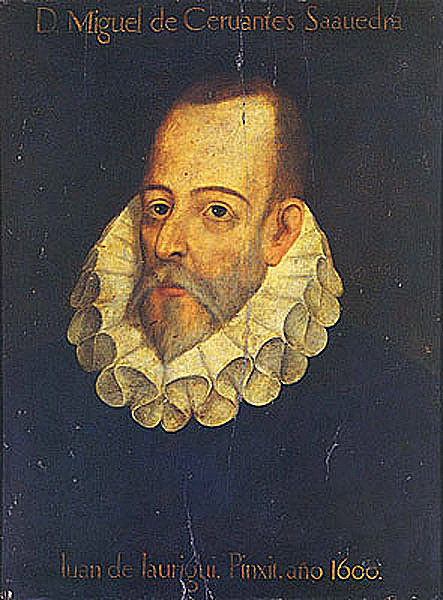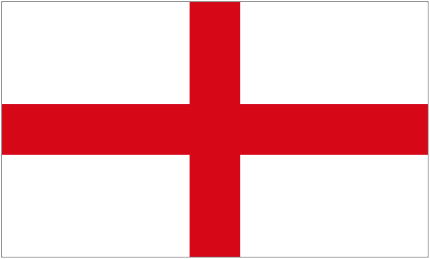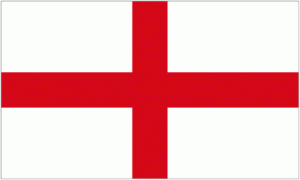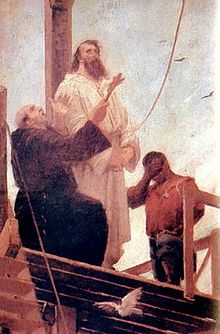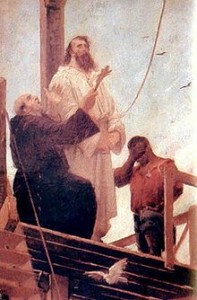April 22
“It’s April 21st
Everybody knows today is Earth Day…
Happy Birthday
To whoever’s being born.”
Well, Dramarama was just one day off.
Today, April 22, is the unofficial birthday of Earth. She won’t say exactly how old she is this year, but rumor has it, it would take about 4.5 billion candles to light her cake. (Although flattering Creationists insist she doesn’t look a day over 6,014.)
Earth Day as we know it–as celebrated on April 22–began in 1970. It was a grass-roots campaign, suggested by the unfortunately-named Gaylord Nelson (1916-2005), a senator and former governor from the state of Wisconsin, who had been instrumental in requiring pharmaceutical companies to disclose medicinal side-effects. In 1963, he changed his focus to environmental issues and organized a “Conservation Tour” under President Kennedy. With Kennedy’s assassination later that year, the national agenda changed. By the end of the decade the idea of environmentalism wasn’t even a blip on the political radar in Washington, yet Nelson found that students on college campuses were focusing on the environment with new intensity.
The timing was ripe for a holiday without borders to raise awareness of the environment. 20 million participated in the first Earth Day. Nelson later admitted neither he nor anyone in D.C. could have organized that many people. It was a true grass-roots holiday. “That was the remarkable thing about Earth Day,” he said, “It organized itself.”
Earth Day reminds us of the one thing we all have in common, no matter our country, language, religion or race. We all (okay, all but 483 of us, to be exact) have spent every day of our lives on this planet.
The furthest any of us have ever gotten from Earth–without exception—is 401,056 kilometers. That record belongs to the three astronauts of Apollo 13, the fated craft that splashed down to Earth on April 17, 1970—just 5 days before the first Earth Day—as if to emphasize our own fragility and dependence on our home base. Note, we haven’t gone one inch further in 40 years.
Flashback:
May, 1961. To an address Kennedy made to a joint session of Congress, and to the nation, that put forth a previously unimaginable initiative:
“…I believe that this nation should commit itself to achieving the goal, before the decade is out, of landing a man on the moon and returning him safely to earth.”
At the time, landing on the moon–let alone bringing someone back–was the stuff of science-fiction. The U.S. space program, Kennedy even admitted, was lagging behind the Soviets, and they weren’t about to declare such an outlandish dream.
But on July 21, 1969, the feat was accomplished. With 5 months to spare, Neil Armstrong became the first person to walk on a celestial sphere other than Earth, the planet on which every other living organism we know of has lived and died.
Flash-forward:
January 2003.
In his State of the Union, President Bush sets forth another initiative, with a new deadline:
“A single chemical reaction between hydrogen and oxygen generates energy, which can be used to power a car–producing only water, not exhaust fumes. With a new national commitment, our scientists and engineers will overcome obstacles to taking these cars from laboratory to showroom, so that the first car driven by a child born today could be powered by hydrogen and pollution-free.”
Environmentalists had waited a long time to hear something, anything in this direction. Not that hydrogen is the end-all earth-loving fuel of the future that politicians think it is, but still, it’s progress, right?
Take another look at the differences between the addresses:
Kennedy proposed a deadline of 8 and a half years to do what was widely believed to be impossible, what was far beyond our technical, practical, financial, and scientific ability. To go to the moon and back.
Bush, forty years later, called for a timeline of roughly twice Kennedy’s—16 years (“the first car driven by a child born today”)—to implement the use of technology we already have today.
We assume that technology moves much faster in today’s world than it did forty or fifty years ago, but it depends on which direction you’re looking. Our computers are faster, our radios smaller, but when it comes to using our technology to save our planet, we are nowhere near harnessing the momentum and energy of the technological dreams to reach the moon in the 1960s.
The missing element?
One thing the 2003 speech lacked, that Kennedy understood, was the necessary element of sacrifice. He understood that people working together toward a common goal will make that sacrifice. Today it’s very unpopular for a politician today to tell us to change our lifestyle–I mean, unless you’re gay–but if you’re not gay, they can’t tell you to change. And they especially can’t tell you to adapt your way of living to (prepare yourself):
CONSUME LESS.
The idea is almost considered unAmerican. Just by using the two words together in a single sentence this post is already on a CIA watchlist.
But it’s also a real solution, that, though unuttered by most politicians, is a real action that anyone can take that can help, starting today, not 16 years from now.
You don’t hear the rest of Kennedy’s 1961 speech these days—the not-so-sexy part. He’s talking about the space race, but he could just as easily be talking about the sacrifice necessary in the 21st century mission to protect and sustain life on our own planet Earth:
I believe we should go to the Moon. But I think every citizen of this country as well as the Members of the Congress should consider the matter carefully in making their judgment, to which we have given attention over many weeks and months, because it is a heavy burden, and there is no sense in agreeing or desiring that the United States take an affirmative position in outer space, unless we are prepared to do the work and bear the burdens to make it successful. If we are not, we should decide today and this year.
This decision demands a major national commitment of scientific and technical manpower, material and facilities, and the possibility of their diversion from other important activities where they are already thinly spread. It means a degree of dedication, organization and discipline which have not always characterized our research and development efforts. It means we cannot afford undue work stoppages, inflated costs of material or talent, wasteful interagency rivalries, or a high turnover of key personnel.
New objectives and new money cannot solve these problems. They could in fact, aggravate them further–unless every scientist, every engineer, every serviceman, every technician, contractor, and civil servant gives his personal pledge that this nation will move forward, with the full speed of freedom, in the exciting adventure of space.
Or in the equally exciting adventure of Earth.

Happy Birthday.






